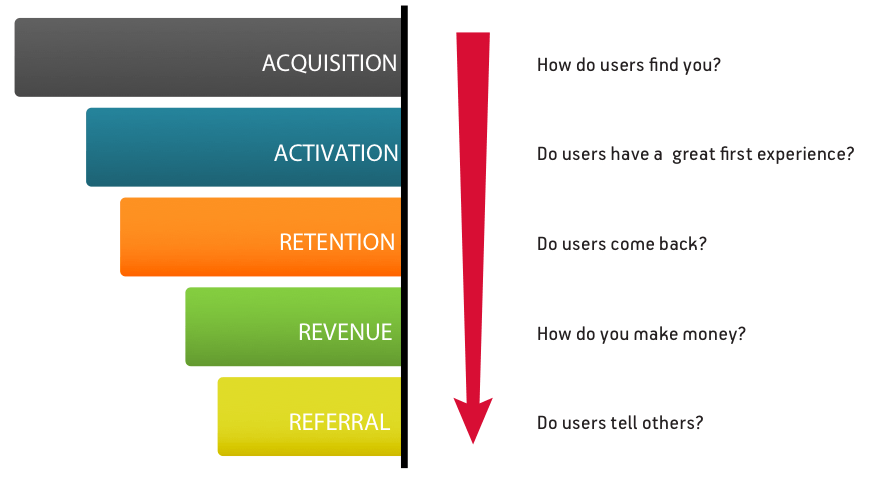I have done some research into success and completion rates of MOOCs, including a joint paper from Harvard and MIT analysing 1.7 million participants on the edX platform.
Instead of using the population of everyone who signed up for a course, the researchers used the metric of everyone who actually visited the course.
the researchers redefined their population of learners from those who simply registered for courses (and took no subsequent action) — a metric used in prior findings and often cited by MOOC providers — to those who participated (i.e., by logging into the course at least once).
This is similar to the “Pirate Metrics” approach of measuring Acquisition, Activation, Retention, Revenue, Renewal from Dave McClure which emphasises that simply getting people to sign up (Acquisiton) is fairly meaningless.

(From Startitup)
The research also found that many participants are teachers, which is interesting as the Raspberry Pi Foundation has chosen to focus it’s efforts in this area on reaching teachers. This might mean it would be worth reaching out to parents to actually participate in my course as opposed to just aiming for them to encourage their children to sign up.
Among 200,000 participants who responded to a survey about teaching, 39 percent self-identified as a past or current teacher. Twenty-one percent of those reported teaching in the course topic area.
Another finding was that Computer Science courses had four times the participation of Science, Humanities and Social Science courses, but Science and Computer Science courses only had about half the completion rates of Social Science and Humanities courses. I think this may reflect the fact that learning in these subjects has a higher cognitive and equipment hurdle to spending time learning, which is something that has driven the direction of my project.
A New Yorker article about the shortcomings of MOOCs described Control Theory, and how it was used in the early 1960s to create improvements in literacy and numeracy levels in younger children, who were given different activities and assessment frequencies according to their progress.
Other research has indicated that frequent testing improves retention, which fits in with the game mechanics structure.
I found several more research papers via the New Yorker article which I will investigate.

